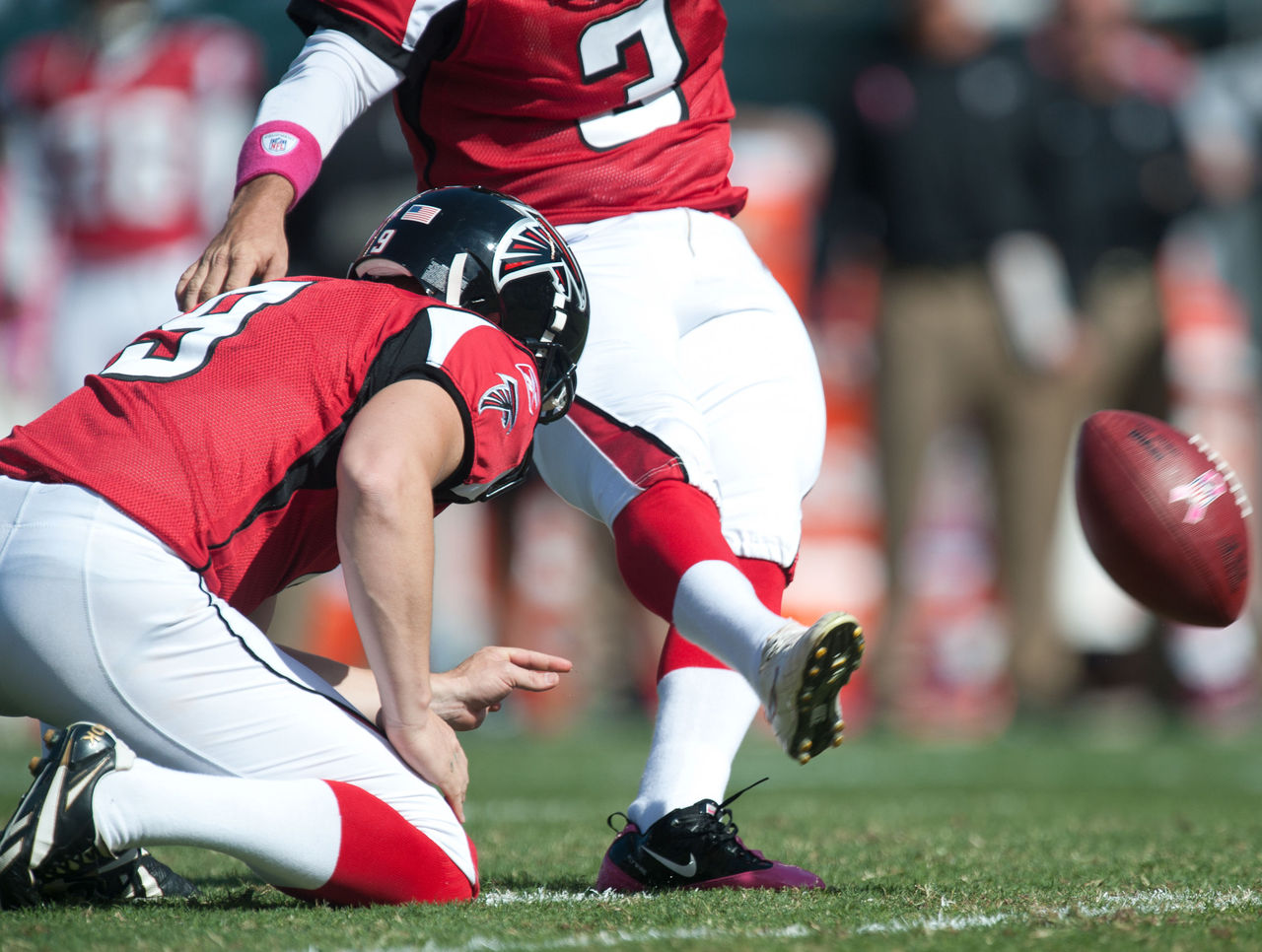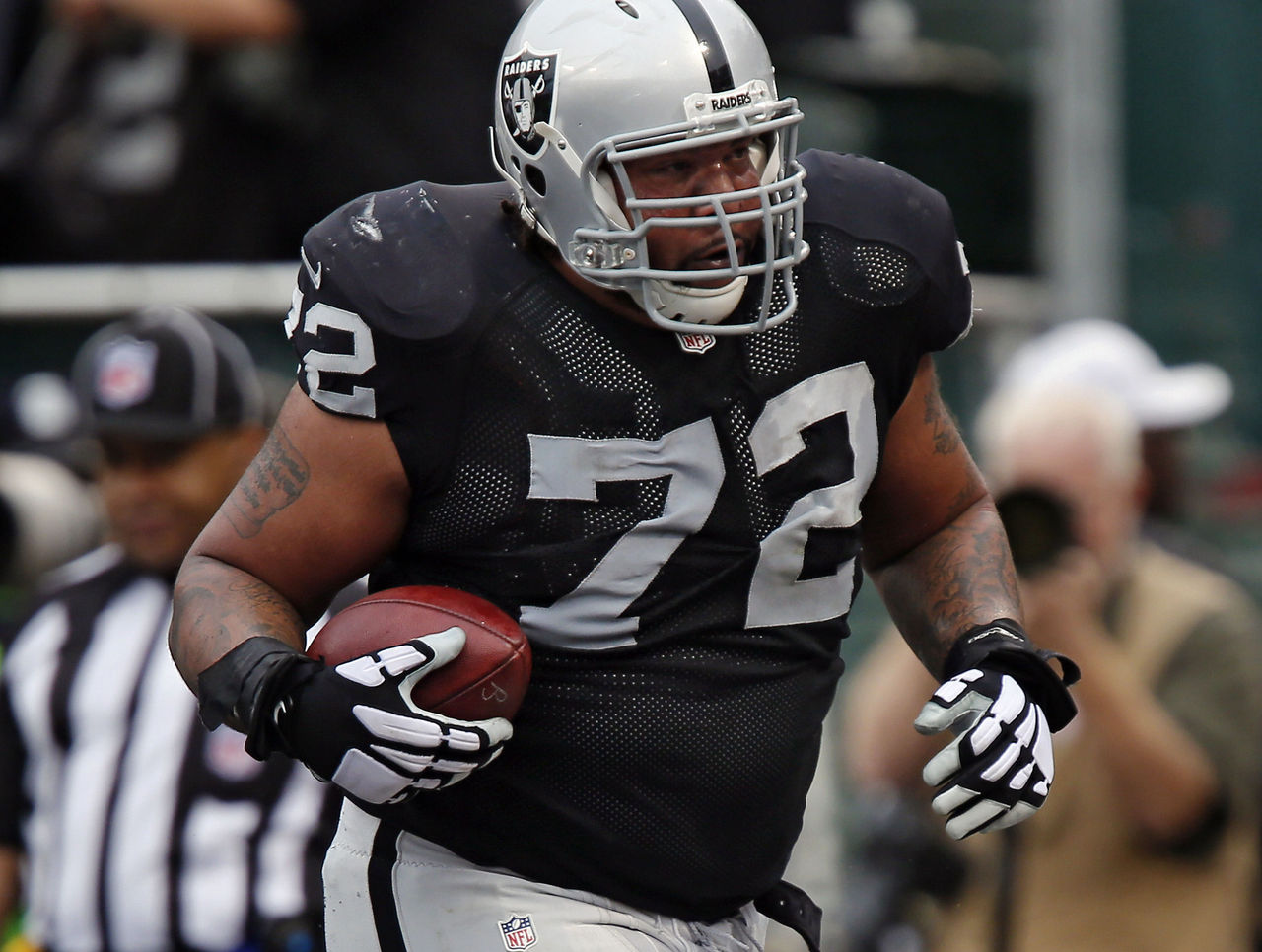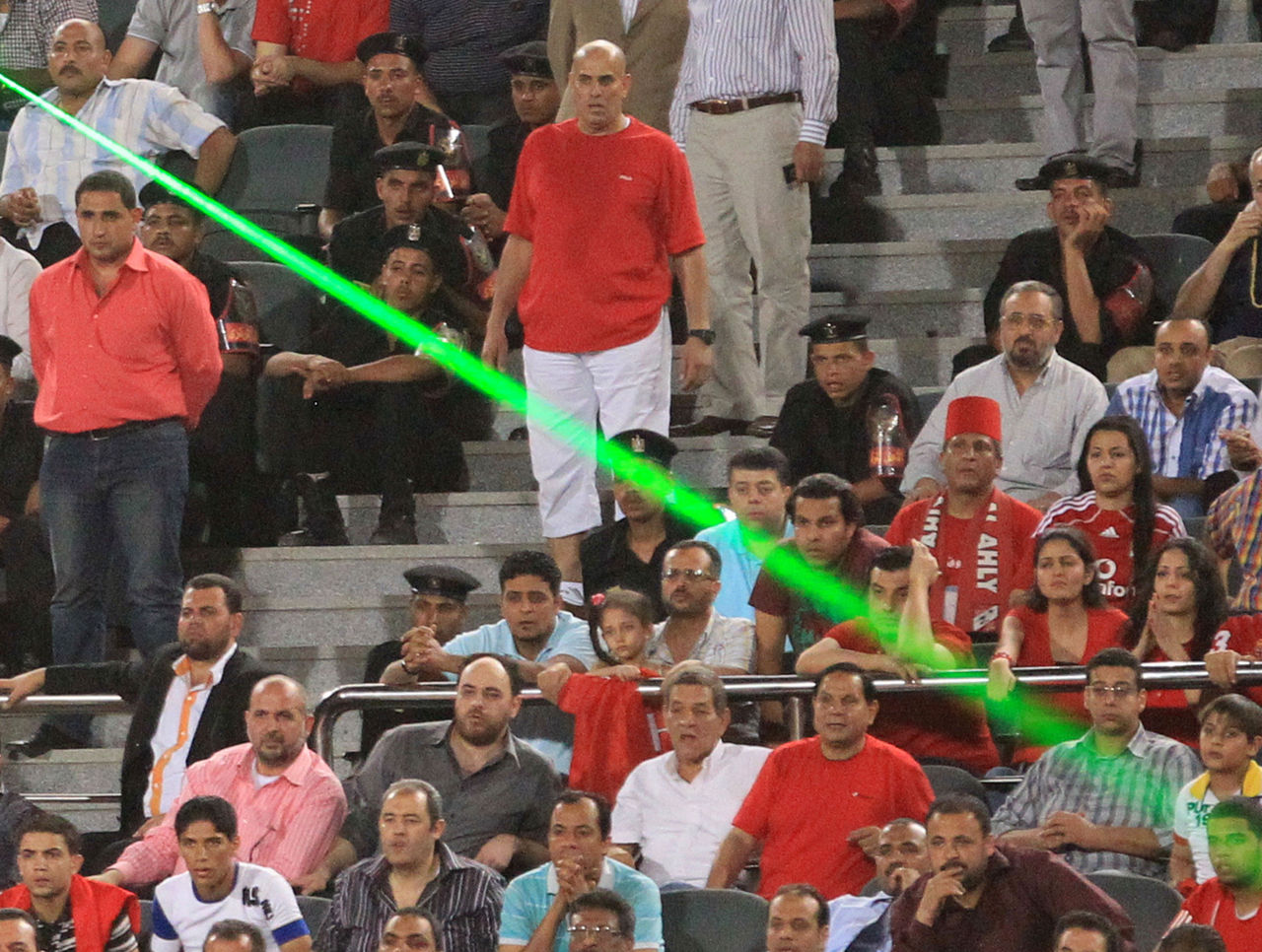Revolutionizing the Game: 3 new rules we want to see

The NFL has never been more popular, but the league is far from perfect and must push to remain at the cutting edge of sports and entertainment. In theScore's Revolutionizing the Game series, our NFL editors pitch their radical ideas for improving the NFL in four key areas.
Revolutionizing the Game
- Rule changes
- Coaching
- Player safety
- Fan experience
Revamp PATs to allow up to 9-point TDs

As moving the extra point to the 15-yard line proved, mixing up the post-touchdown play has very little downside. With more teams moving toward eschewing the extra point in favor of two-point attempts, it's time to consider implementing a fully revamped PAT system.
The move to a potential nine-point touchdown has already been kicked around, but the real change should promote moving away from the kicking game altogether. As the NFL adapts to understanding that going for two every time is statistically advantageous, further adjustments will need to be made.
Giving teams the option to go for one, two, or three points after a six-point touchdown would do two interesting things for the game:
- Increase the risk-reward of not simply kicking the PAT.
- Keep games within striking distance when previously thought out of reach.
A system where teams have the option to kick a 50-yard extra point, run a play from the 5-yard line for two points, or from the 10-yard line for three points would make a lot of sense. Suddenly, a 17-point lead becomes a two-possession game.
As much as the NFL has promoted offensive aggressiveness through defensive rule changes over the past 30 years, the league has been woefully slow in upgrading a heretofore stagnant aspect of the game. Any change would be an improvement over one of the last archaic segments of the game. - Joe Thomson
Make every player except for the QB an eligible receiver

By all accounts, the NFL is a pass-dominant league and it makes little sense to uphold restrictions on aerial attacks.
As the rule currently exists, offensive linemen need to declare to the referee that they're an eligible receiver on passing downs. It acts as a logical and strategic impediment for teams, as they could use quicker, lithe linemen to their advantage downfield to the chagrin of the defense. The NFL is constantly in search of offensive innovation and it would add countless new dimensions to passing attacks if guards, centers, and tackles could get off the line of scrimmage with free reign downfield.
Making every player an eligible receiver would also force defenses to rethink conventional strategy. With offensive linemen now a threat to catch passes, defenses may need to deploy defensive ends in coverage, or attack the quarterback with even more speed than usual. Defensive coordinators would be forced to try out new schemes and tactics in real time, an experiment that would be beneficial for the game.
The NFL thrives on the passing game, and it's time to allow the league to explore all options as receivers. - Arun Srinivasan
Use lasers to spot the ball more accurately

The NFL has long used technology to ensure officials have every tool at their disposal to get calls correct. But why do those efforts have to be limited to the still-imperfect use of instant replay?
Of the many difficult tasks officials have, spotting the ball and determining a new line of scrimmage with accuracy can be nearly impossible. A side judge, running downfield with some of the world's best athletes, is supposed to be able to see how far a player advanced before being tackled. This ruling often must be made with a number of big bodies blocking the sight lines over the middle of the field.
Most of these decisions, or at least those coming at the end of seemingly inconsequential plays in the middle of a game, are determined with little more than guessing on the part of the officiating crew.
Whether it's sideline cameras like those used in soccer's goal-line technology, putting a GPS chip in the football, or using a combination of the two, technology has advanced to a point where the ball can be spotted with near perfection. Once the spot is determined by the computers, a laser could pinpoint the exact location on the field for the officials to spot the ball.
Every inch matters in a game where the offense needs just 10 yards to get a new set of downs. - Dan Wilkins
HEADLINES
- Kelce: I'll make retirement decision 'when the time comes'
- NFL Week 17 picks: Bills-Eagles headlines holiday slate
- Week 17 anytime TD bets: McBride highlights 5 value picks
- Saturday NFL betting: Will Ravens keep playoff hopes alive vs. Packers?
- Giants, Raiders have no interest in losing to get better draft pick